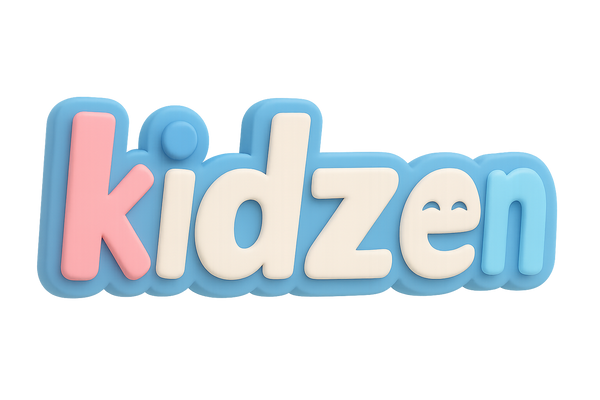
Why Traditional Toys Are Better Than Screens for Kids – Backed by Research
Share
In the digital age, it's increasingly common to see children glued to tablets or smartphones. While screens offer convenience and instant entertainment, concerns about their long-term impact on children's development are growing. As parents and educators seek balance, scientific research continues to highlight the cognitive, emotional, and social benefits of traditional toy-based play.
📱 The Digital Temptation
From educational apps to YouTube Kids, digital devices are often marketed as learning tools. However, overexposure to screens during early childhood is linked to negative outcomes in behavior, attention span, and even brain structure. A study published in JAMA Pediatrics (2019) found that increased screen time in children aged 2 to 5 was associated with lower scores in language and literacy development, as measured by the NIH Toolbox Early Childhood Cognition Battery (Madigan et al., 2019).
Moreover, another study from The Lancet Child & Adolescent Health (2018) showed that children who had more than two hours of recreational screen time daily had worse memory and lower executive functioning (Boers et al., 2018).
🧩 The Power of Play with Physical Toys
In contrast, playing with traditional toys—such as building blocks, dolls, puzzles, or pretend play sets—engages a child’s brain in deeper, more complex ways. According to a study published in Pediatrics (2007), unstructured play with toys encourages creativity, problem-solving, and self-regulation, all of which are critical for healthy cognitive development (Ginsburg, 2007).
Research in Developmental Science (2019) also found that children playing with open-ended toys (like blocks or clay) used more sophisticated language and narrative skills than those using screen-based play methods (Zosh et al., 2019). Physical toys often lead to social interaction with peers or caregivers, further enhancing communication and emotional bonding.
🧠 Comparing Screen Time and Toy Time
| Aspect | Screens | Traditional Toys |
|---|---|---|
| Language Development | Passive consumption | Active verbal interaction |
| Attention Span | Shortened with overstimulation | Extended through focused play |
| Motor Skills | Limited fine motor use | Enhanced through manipulation |
| Creativity | Pre-programmed outcomes | Open-ended, imaginative play |
| Social Connection | Often solitary | Encourages interaction |
🌱 Developmental Benefits of Toy-Based Play
-
Cognitive Growth
Hands-on toys promote problem-solving and memory retention. According to a study in Early Childhood Research Quarterly (2015), preschoolers engaging with educational toys showed higher math and language scores after just 12 weeks of regular play (Fisher et al., 2015). -
Fine Motor Skills
Activities like stacking blocks or fitting puzzle pieces enhance coordination, which is foundational for later skills like writing. -
Emotional Resilience
Toys allow children to role-play real-life scenarios, helping them process emotions and learn empathy. -
Executive Functioning
Playing games with rules teaches planning, self-control, and task-switching—skills essential for academic success.
🧡 The Role of Parents
While screens may seem like an easy distraction, engaging with your child through toy-based play deepens your bond and models meaningful interaction. Even 20 minutes of shared playtime a day can improve a child’s behavior, reduce stress, and support developmental milestones.
✅ Final Thoughts
Digital devices are a part of modern life, but they should never replace the rich, multisensory experience of playing with toys. Especially during early childhood, traditional toys offer the kind of developmental nourishment that screens simply cannot replicate.
Invest in play. Empower your child’s mind, heart, and hands.
